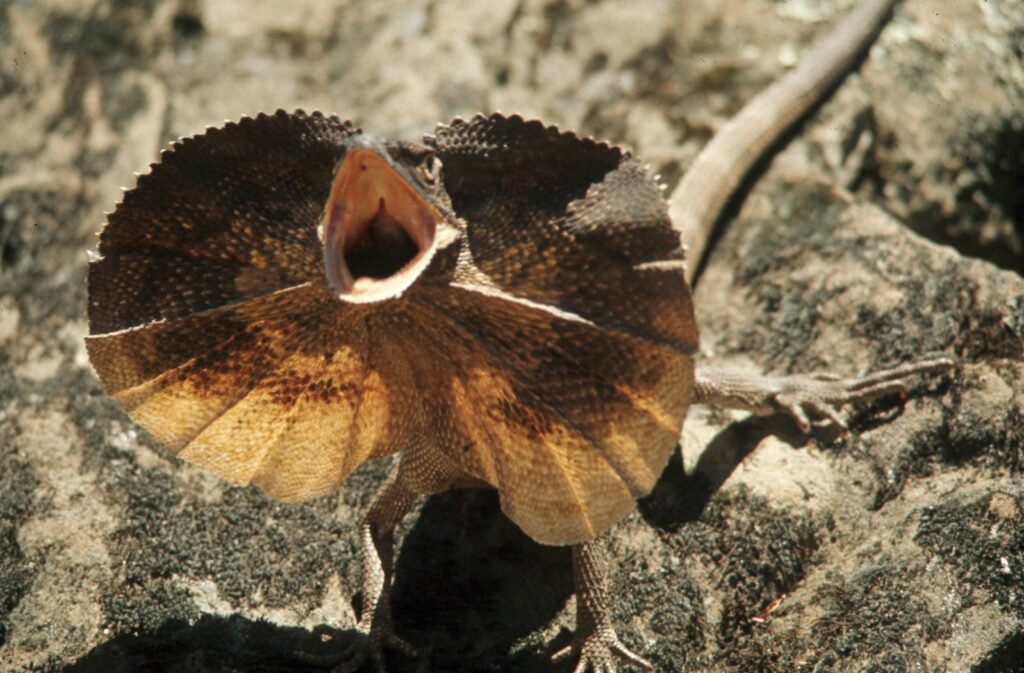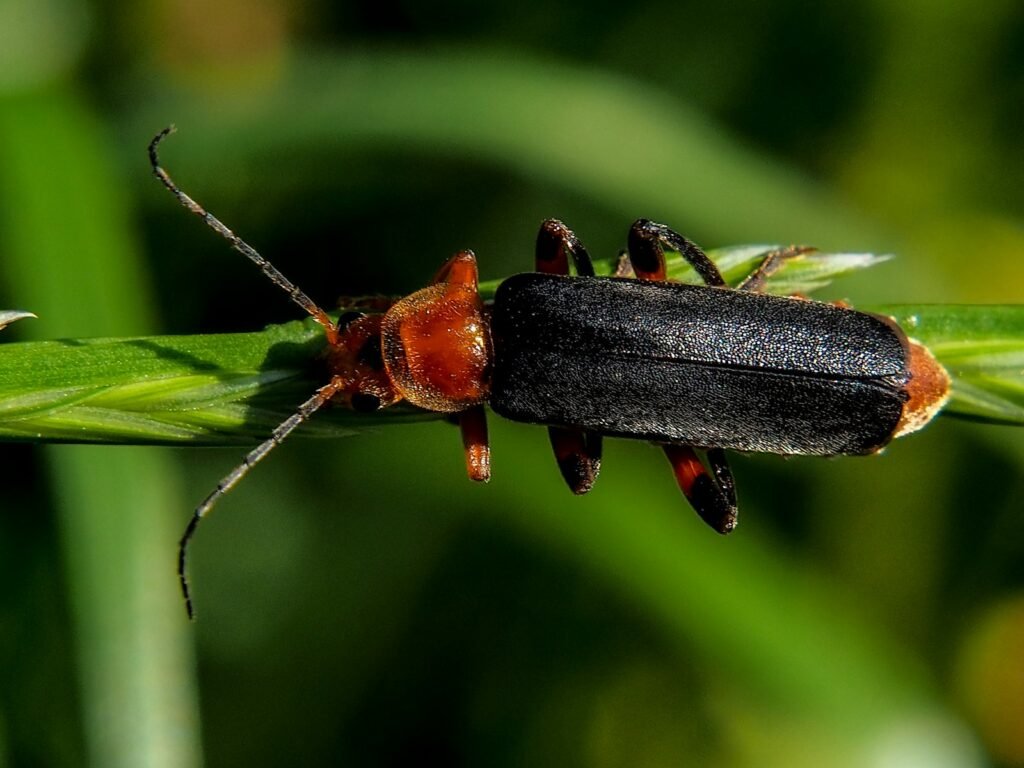In the wild, survival is often less about solitary strength and more about unlikely alliances that tip the odds. From reef corners that hum like crowded marketplaces to forest floors stitched together by tiny negotiations, partnerships keep entire ecosystems running. Scientists are mapping these bonds with new precision, revealing how delicate – and how shockingly powerful – they can be when everything clicks. Today’s story focuses on eight animal pairings that push cooperation to its edge, where trust is a lifeline and failure can be fatal. Think of them as nature’s emergency backup plans, honed by time and tested by chaos.
The Hidden Clues: Pistol Shrimp and Watchman Goby
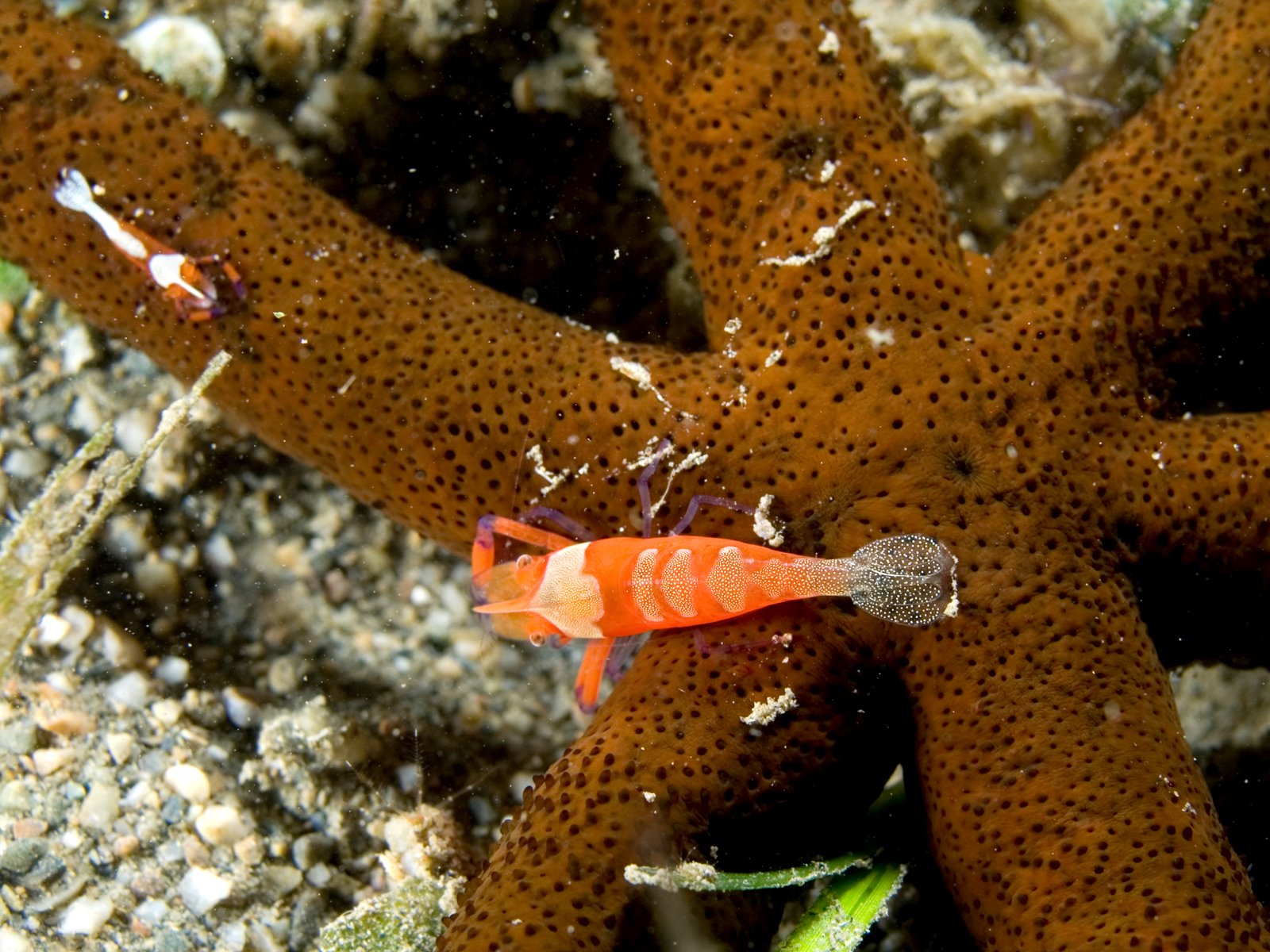
On quiet Indo-Pacific flats, a nearly blind pistol shrimp digs a fortress while a sharp-eyed goby stands sentry at the door. The shrimp’s antenna rests on the goby like a safety tether; a flick from the fish signals danger, and both dart backward in a synchronized retreat. When the coast clears, they resume their routine, grain by grain and glance by glance, building a living pact that keeps them one step ahead of predators.
Neither partner excels alone: the shrimp is an ace engineer but poor lookout, and the goby is a capable scout with nowhere safe to sleep. Together, they turn bare sand into a safehouse and a pantry, a small miracle of division of labor that lets both species thrive where either would likely be picked off. It’s the kind of street-smart teamwork you’d expect from a seasoned heist crew, only here the prize is survival.
From Ancient Tools to Modern Science: Clownfish and Sea Anemones
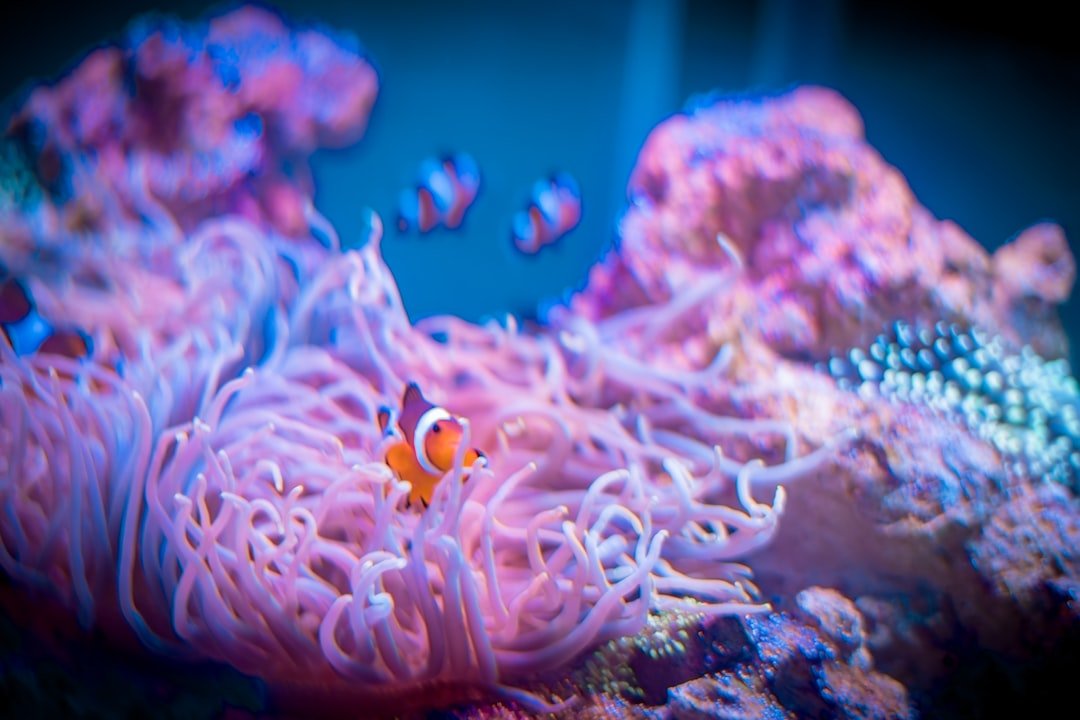
Clownfish weave through anemone tentacles that would stun almost any other fish, shielded by a specialized mucus that blunts the sting. The anemone offers a guarded home; in return, clownfish chase off would-be attackers, clear debris, and stir water that improves the anemone’s gas exchange. This is housekeeping with teeth, and it works astonishingly well.
Researchers tracking reef health now use this duo like a gauge: when anemones fade or bleach, clownfish populations wobble soon after. The dependence runs both ways because the fish’s nutrient-rich waste feeds their host’s symbionts, a boost anemones can’t easily replace. I remember hovering over a reef ledge in sultry water, watching a lone anemone without its orange guardians, and feeling how empty that corner of the reef suddenly seemed.
Coevolved Specialists: Tarantulas and Tiny Frogs
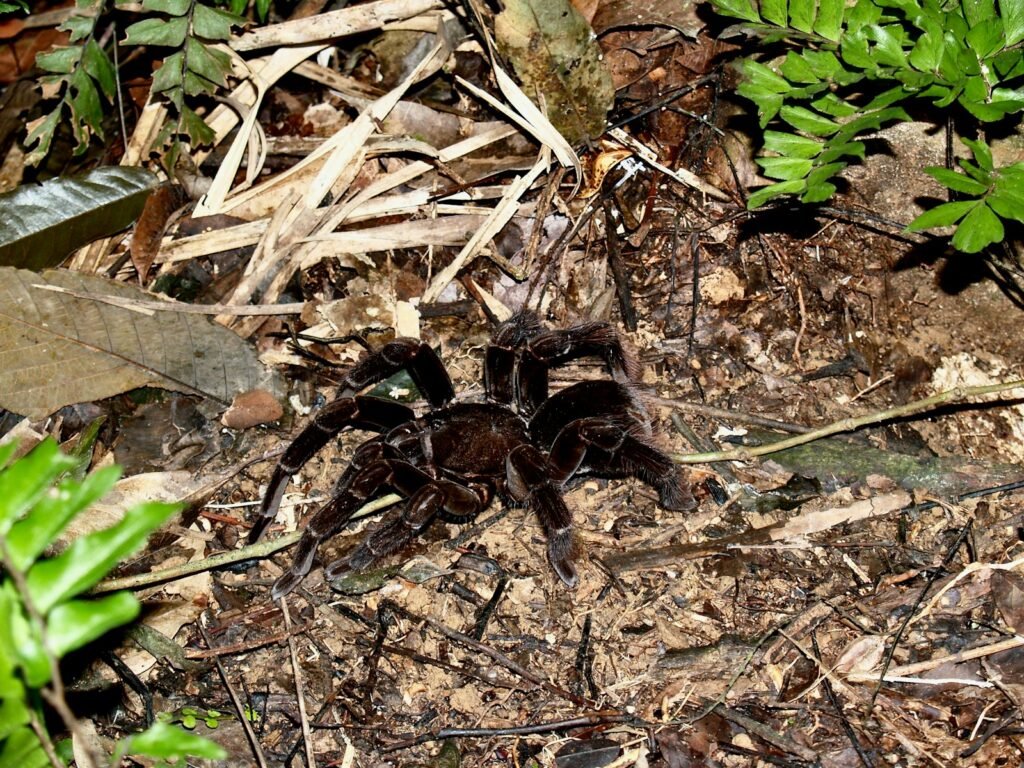
Deep in Amazonian forest floors, burrowing tarantulas sometimes shelter pocket-sized narrow-mouthed frogs inside their lairs. The arrangement looks absurd at first – apex spider hosting a snack-sized amphibian – but it’s a precise exchange: the frog eats ants that would maraud spider eggs, and the spider’s den shields the frog from larger predators. It’s a lock-and-key relationship that likely formed over countless cautious meetings.
Field teams have found multiple instances of this tolerance, even gentle nudges that suggest recognition rather than chance. If you’re a tarantula, you trade a little space for egg security; if you’re the frog, you get a fortress you could never build alone. It’s mutual defense scaled down to the size of a thumbprint.
Why It Matters: Cleaner Wrasse and Their Clients
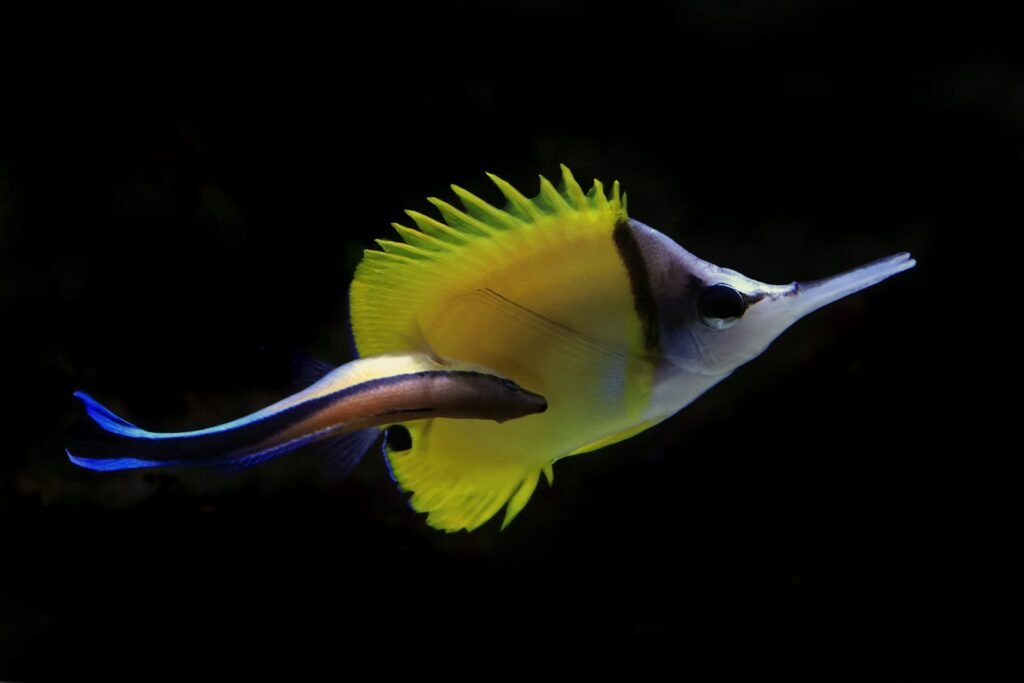
Reef fish line up at cleaning stations where cleaner wrasses patrol like diligent medics, plucking parasites and dead tissue from gills and fins. The clients swim away brighter, healthier, and more agile, a ripple of benefits that push up survival and breeding success across the community. When cleaners vanish, scientists have recorded declines in client abundance and species diversity, a quiet unraveling with very real consequences.
For fisheries managers and conservation planners, this partnership isn’t just cute; it’s infrastructure. Reduce the cleaners and you slow the entire reef economy, from herbivores that trim algae to predators that keep balance in check. In short, healthy reefs depend on many such service contracts, and this one sits right at the center.
Fortress Partners: Hermit Crabs and Sea Anemones
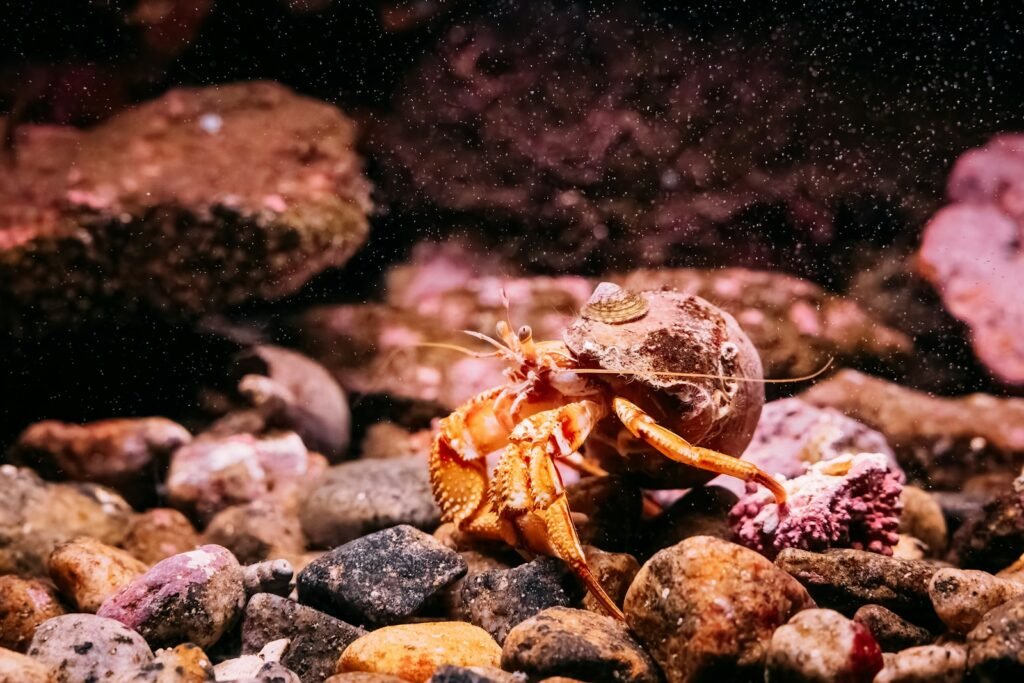
Some hermit crabs supercharge their borrowed shells by recruiting sea anemones, which hitch a ride and turn the mobile home into a booby-trapped bunker. The anemone gains access to food scraps and fresh territory, while the crab gets tentacled armor that can repel octopuses and nosy fish. It’s a defensive merger, small in size but mighty in effect.
These partnerships are surprisingly dynamic; crabs sometimes negotiate swaps, moving anemones to new shells with delicate taps and lifts. Experiments show that crabs with anemone bodyguards survive encounters that would otherwise be their last. It’s mutualism with a touch of real-estate savvy.
Reef Guardians: Trapezia Crabs and Pocillopora Corals
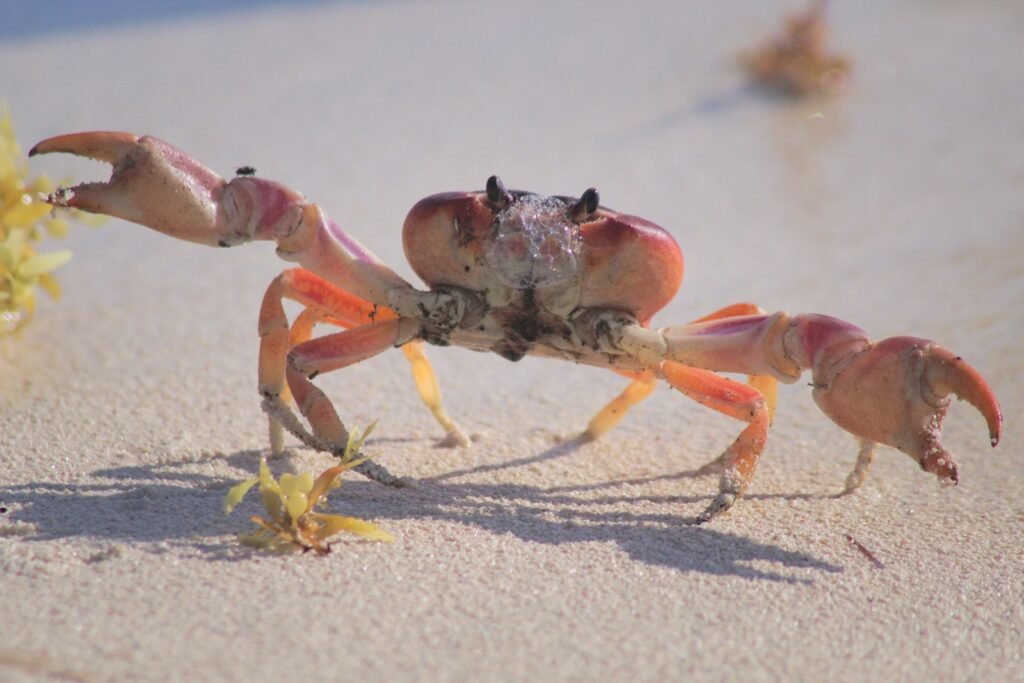
Armored like tiny knights, Trapezia crabs live within branching Pocillopora corals and rush to the walls when starfish or snails attempt a midnight siege. Their pinches and persistent jabs can drive off even notorious coral predators, buying the colony time to recover. In return, crabs enjoy round-the-clock shelter and a steady drip of energy-rich mucus.
As heat stress and disease pressure corals, these resident bodyguards matter more than ever. Colonies with dedicated crab crews often fare better against assaults, keeping pockets of reef alive long enough for cooler seasons or restoration efforts to help. It’s a reminder that defense is not just a trait but a relationship.
Micro Guardians: Ants with Aphids – and Ants with Lycaenid Caterpillars
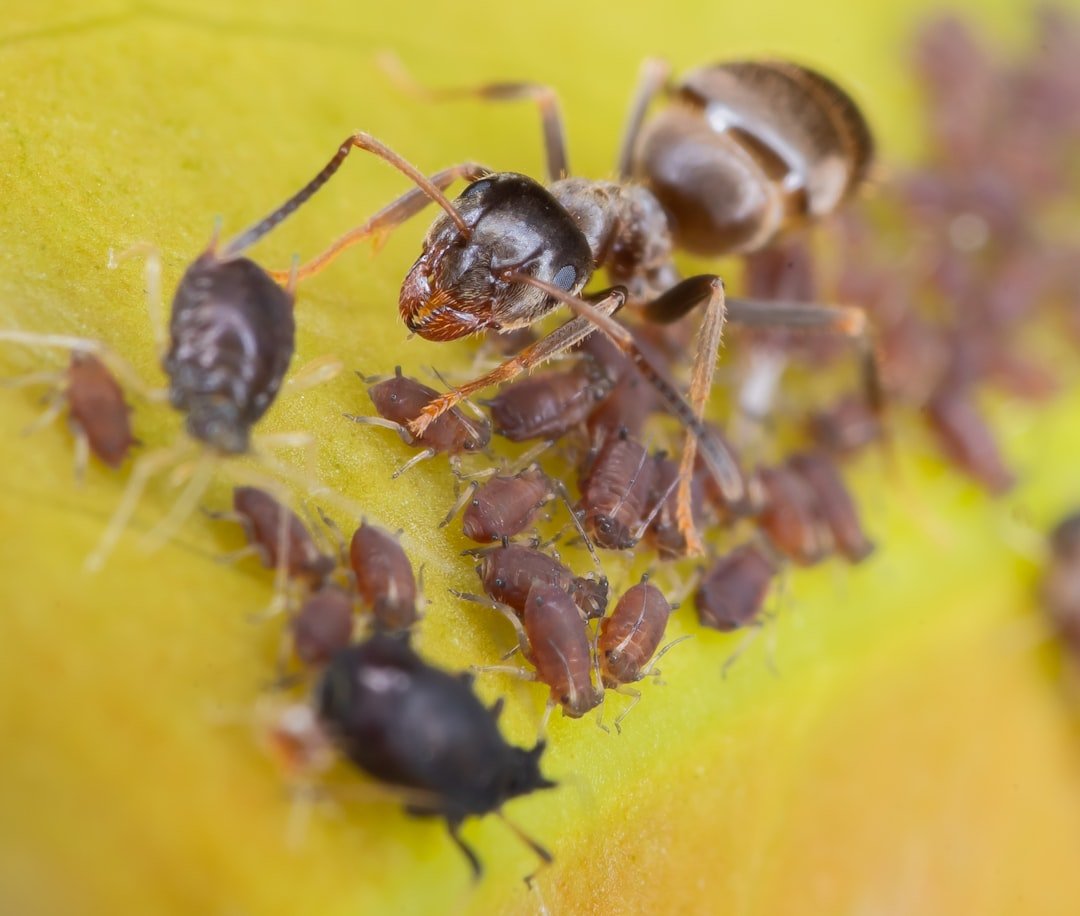
On garden stems and meadow grasses, ants farm aphids like tiny cattle, exchanging protection for sugary honeydew. Lady beetles and lacewings think twice before attacking an aphid guarded by a ring of jawed sentinels, and the ants, in turn, gain a steady energy supply. It’s agricultural security scaled to millimeters, and both sides profit.
Flip habitats and you’ll find a parallel pact: some lycaenid butterfly caterpillars secrete nectar and signal with soft vibrations, summoning ant bodyguards that escort them through risky stages. The payoff arrives later when butterflies emerge to keep the cycle going. Different species, different currencies, same survival math.
The Future Landscape: What Climate, Chemicals, and Crowding Will Change
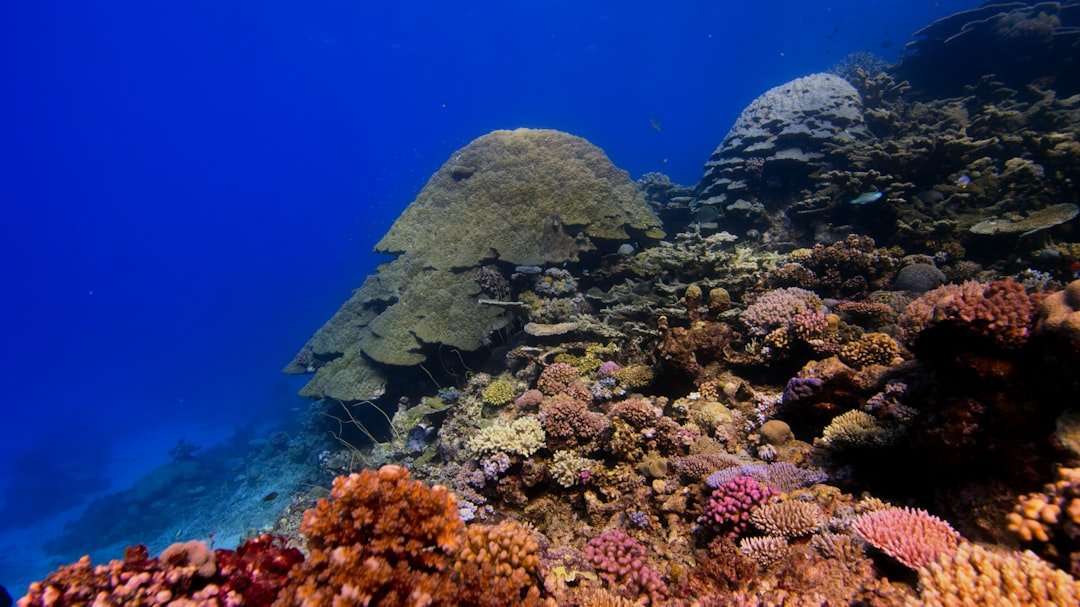
Partnerships built on fine-tuned timing and chemistry are painfully easy to disrupt. Warmer seas nudge reefs toward bleaching, and without healthy anemones or corals, their resident allies lose homes and services in a single bad season. On land, pesticide cocktails can scramble insect communication, shrinking ant–caterpillar networks and reshaping food webs before we notice.
There’s cautious optimism in new tools: reef restoration that rehomes coral-crab teams, protected nursery zones that safeguard cleaner stations, and gentle farming tweaks that leave mutualisms intact. The lesson cutting through all the noise is clear to me – protect the relationship, and you often protect half the ecosystem for free. That’s a bargain worth making.
What You Can Do Now
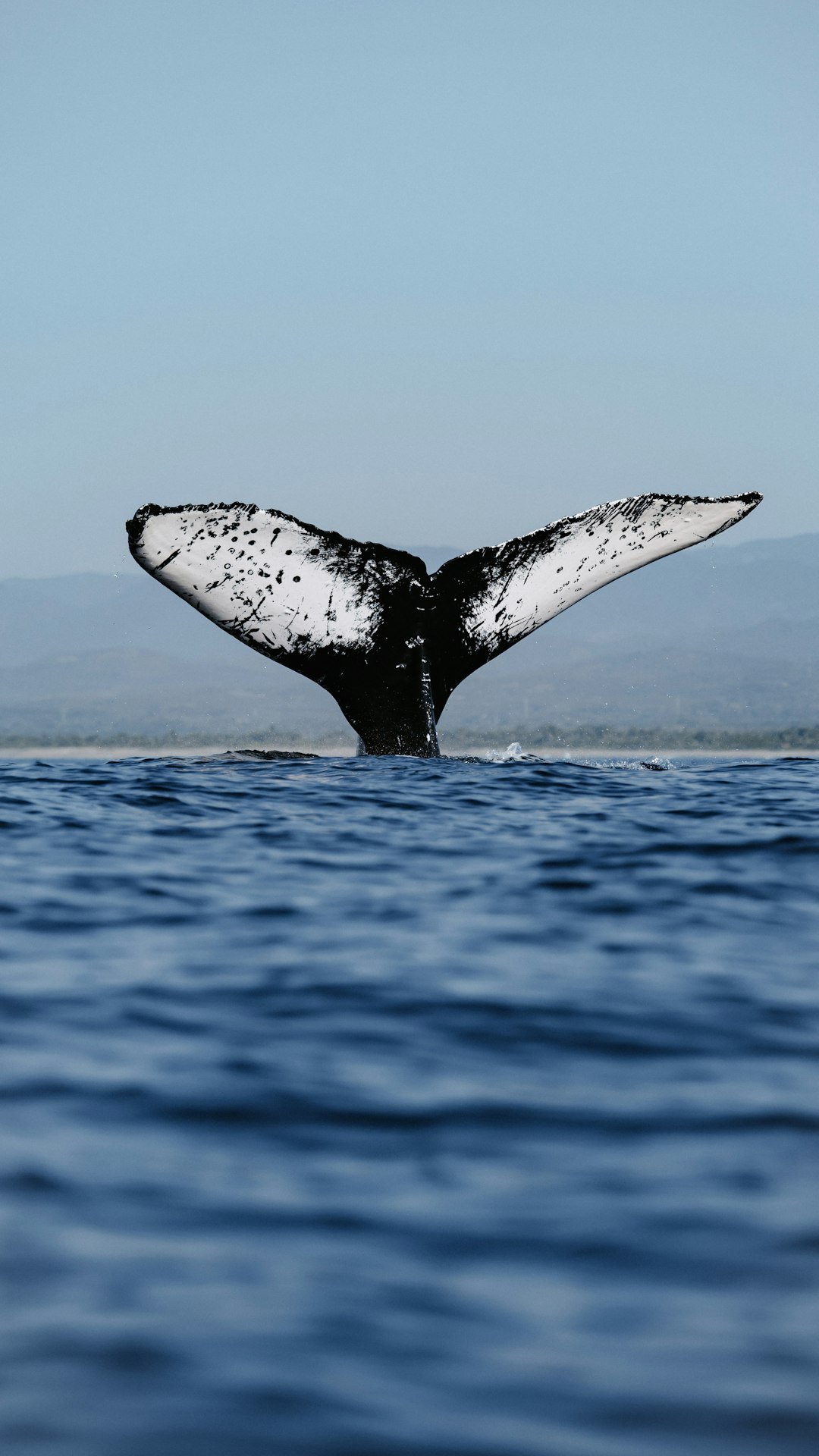
Small choices scale up when the foundation is relationships. Support marine protected areas and reef-friendly practices by choosing sustainable seafood and cutting plastic that smothers coastal nurseries. Turn down shoreline lighting where you live or vacation so reef and beach communities keep their night rhythms, and never purchase wild-caught anemonefish for home aquariums.
Inland, plant native shrubs and skip broad-spectrum pesticides to keep ant–insect partnerships intact, then log your observations on community science platforms to help researchers track trends. Back organizations that restore reefs and rebuild habitat corridors, the connective tissue mutualisms need to flourish. Which partnership will you champion first?

Suhail Ahmed is a passionate digital professional and nature enthusiast with over 8 years of experience in content strategy, SEO, web development, and digital operations. Alongside his freelance journey, Suhail actively contributes to nature and wildlife platforms like Discover Wildlife, where he channels his curiosity for the planet into engaging, educational storytelling.
With a strong background in managing digital ecosystems — from ecommerce stores and WordPress websites to social media and automation — Suhail merges technical precision with creative insight. His content reflects a rare balance: SEO-friendly yet deeply human, data-informed yet emotionally resonant.
Driven by a love for discovery and storytelling, Suhail believes in using digital platforms to amplify causes that matter — especially those protecting Earth’s biodiversity and inspiring sustainable living. Whether he’s managing online projects or crafting wildlife content, his goal remains the same: to inform, inspire, and leave a positive digital footprint.


